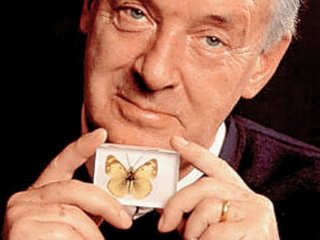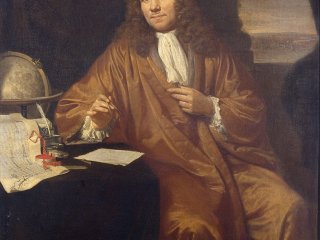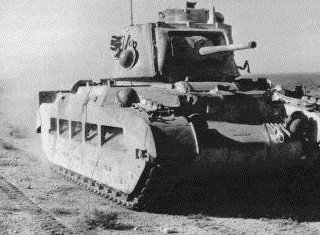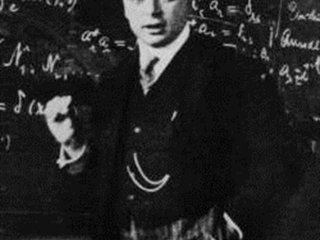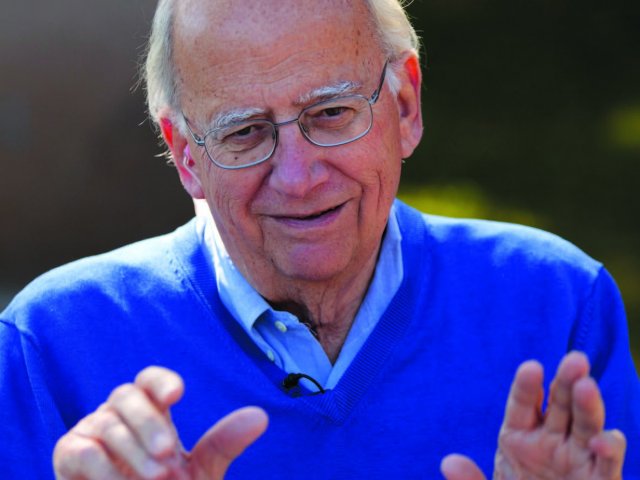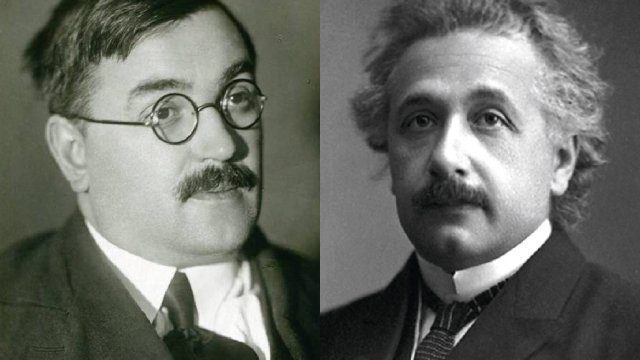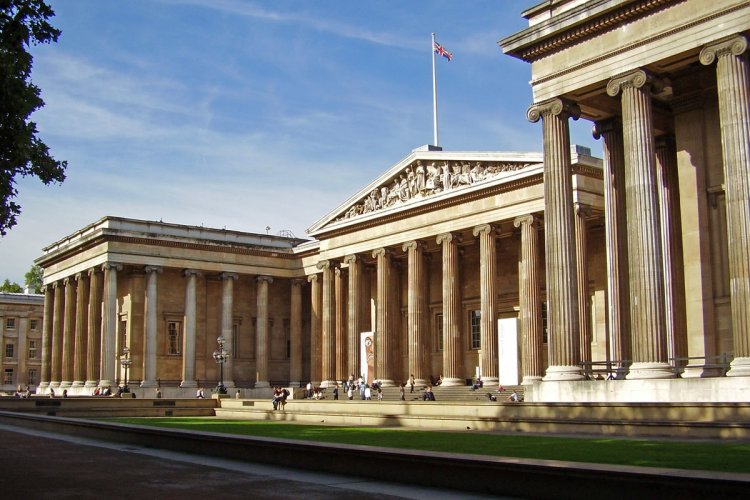
It all began when scientist and physician-in-ordinary of the English King Hans Sloane bequeathed the state an extensive collection of natural science, ethnographic and artistic rarities, as well as a magnificent library. Authorities thought about creating a museum. They held a lottery, raised funds and bought additional exhibits: a collection of ancient manuscripts by Earl Edward Harley and a collection of rare books and coins by Sir Robert Cotton. All this had to be placed somewhere, and so they used the remaining money to buy the Montague mansion in Bloomsbury, on the outskirts of London. King George II donated the court library to the museum collected since the 15th century. On January 15, 1759, the British Museum opened its doors to visitors. Not too wide in the very beginning – the visitors had to sign up and wait long for their turn. The number of visitors was growing, but the collection was growing even faster: it was supplemented with monuments captured in wars and archeological finds. The Montague mansion did not have enough room for these acquisitions, it was modernized and rebuilt, the facade was decorated with a colonnade, while the courtyard was converted into a reading room. Today, Britain’s main museum is visited by approximately two and a half million people a year. They have an absolutely free access to reliefs from the Parthenon in Athens, sculptural decorations of the Wonders of the World, the Mausoleum at Halicarnassus and the Temple of Artemis at Ephesus, the famous Rosetta Stone and the monuments of ancient Assyria and Sumer. And also oriental art, engravings, manuscripts, coins, vases... Few people will have time and energy to look at the millions of exhibits of the British Museum. There are also a lot of employees at this museum, while six of them are special. Their only duty is to catch mice. The museum cats are paid a salary of 50 pounds a year and wear a special uniform – yellow collars.
